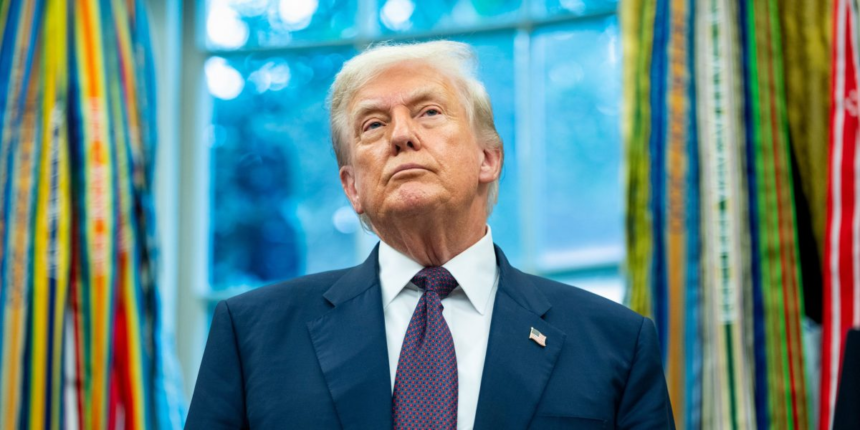Uncle Sam is adding a trillion more dollars to the debt burden every five months, noted Michael A. Peterson, CEO of the Peter G. Peterson Foundation, an organization that works with policymakers, economists, and the public to advocate for a more sustainable fiscal outlook.
“During a time of economic growth, it is highly irresponsible to run deficits this large … At this pace, we will run through the recent $5 trillion debt limit increase—the largest in history—in just two years. We are no longer in a Great Recession or a global pandemic, but our fiscal policy keeps acting like we are,” Peterson said.
“As our debt continues to rise,” he noted, “at some point the financial markets will lose confidence in our ability to overcome the politics to solve this problem. International lenders are watching, and all three ratings agencies have now downgraded U.S. credit. The question is, How many more trillions will we add before we decide to stop? Despite today’s unfortunate milestone, it’s not too late to act. We should reform our budget before the damage is made even worse. Policymakers have many well-known options to stabilize our debt and put us on a stronger path for the next generation.”
White House deputy press secretary Kush Desai countered to Fortune: “America’s debt-to-GDP ratio has actually declined since President Trump took office—and as the administration’s pro-growth policies of tax cuts, rapid deregulation, more efficient government spending, and fair trade deals continue taking effect and America’s economic resurgence accelerates, that ratio will continue trending in the right direction.
“That’s on top of the record revenue that President Trump’s tariff policies are bringing in for the federal government.”
Such figures are not to be sniffed at (wherever you come down in the debate about whether American consumers or foreign counterparts will be paying the price), and revenues are expected to continue rising.
And of course, that figure and its respective interest payment is going up by the minute.
The White House counters that the act will rebalance the all-important debt-to-GDP ratio, which is the fundamental concern of economists. The ratio is key because it signals to foreign investors whether the growth and size of America’s economy is enough to balance its debts. If the ratio falls too out of balance, foreign buyers of American debt may fear they won’t receive their returns, or demand higher interest rates to offset the risk.
The government can take action on either side of the ratio to rebalance the books. It can either increase growth to bring down the disparity, or cut spending to reduce the debt.









